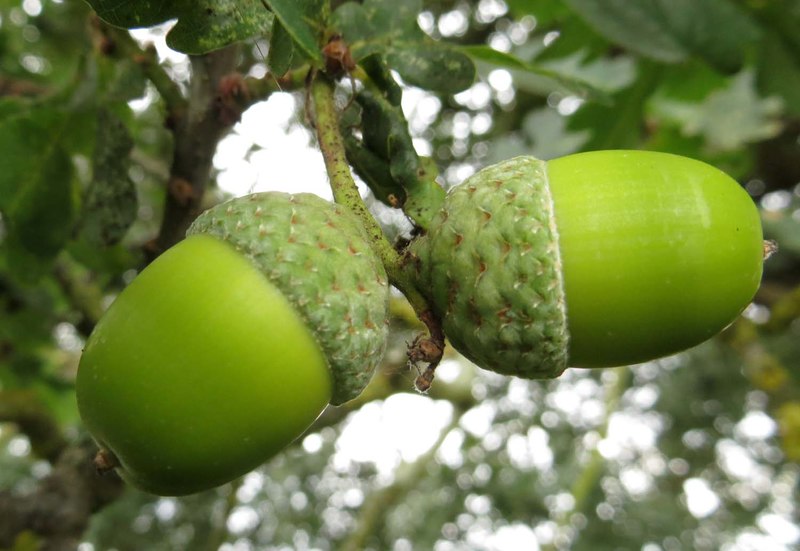



Poisons and toxic agents

Poisoning by a variety of agents is still not uncommon in pigs today although there are fewer incidences in commercial herds.
Many substances if taken at excessive levels become toxic and cause disease.
Poisoning can occur in an individual pig or in a group or even affect a whole herd. In the latter two cases a number of animals will be affected at the same time all showing similar clinical signs. A study of the history may indicate a common exposure to the poison by contact or ingestion.
If fed to excess many dietary components including minerals and vitamins, can cause diseases. Many medicines are highly toxic if used above their therapeutic levels.
It is a common fault with stock people when treating animals to assume that twice the dose will act twice as well. This is a fallacy. Overdosing may well have the opposite effect.
Examples of common substances that may cause poisoning
- Antibacterial medicines - carbadox, furazolidone, monensin, sulphadimidine.
- Trace elements e.g. iron, copper, zinc, iodine, selenium, arsenic, mercury, lead, fluorine.
- Coal tars.
- Gases - ammonia, carbon monoxide, hydrogen sulphide.
- Insecticides - organophosphorus, carbamates, lindane, dieldrin.
- Nutrients: essential minerals - copper, iodine, iron, manganese, selenium, zinc.
- Rat poison - warfarin
- Salt - if water is limited
- Toxic plants.
See the full list in the Poisons section of the Disease index.







